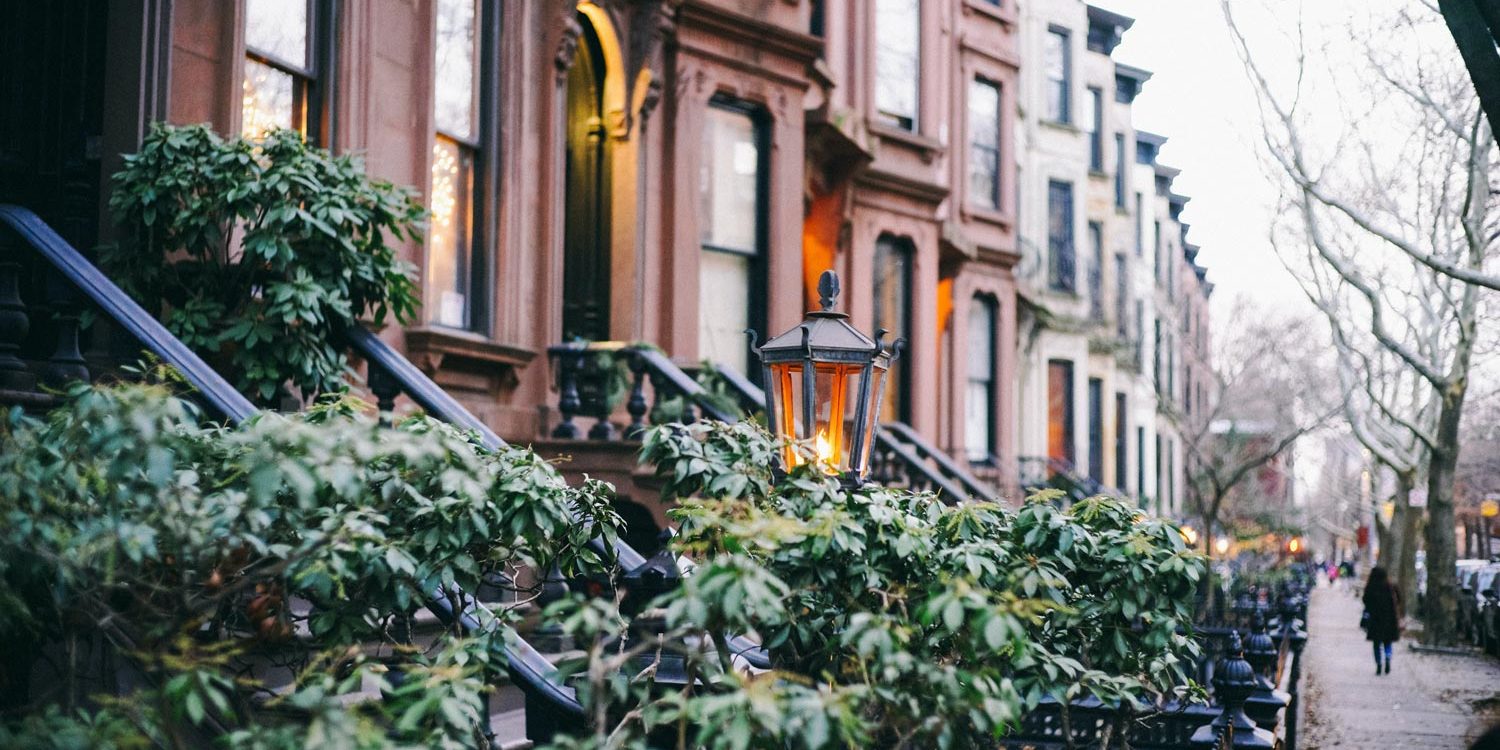The History of Street Lights from Fire to LED Lamp Posts
Turkish playwright and novelist Mehmet Murat ildan, is known for his quotes and observations about streetlights. He once wrote, “What god are you looking for in a dark street apart from the streetlight which illuminates your way?”
Anointing streetlights with divine influence might be a stretch, but the importance of light gracing our walkways and roadways cannot be understated. Beyond the natural light provided by the sun and moon, humans have used fire for thousands of years to light their way. Hand-carried torches were the first devices to meet this need, but the earliest known example of fixed position lighting comes from China in 500 B.C. Residents of Peking use bamboo piping and naturally occurring gas vents to create burning torches for street lamps.
The ancient city of Rome was illuminated at night by oil lamps outside of homes. The Romans tasked slaves with keeping the oil of the lamps full, lighting them at night, and extinguishing them when at daybreak. In 1417 it was law in London that families hang lanterns during the dark hours of winter, and Paris would eventually require all street-facing windows to provide light from candles or lanterns during nighttime hours.
More than two millennia after the gas lamps in Peking, cities worldwide started deploying gas-burning light fixtures to illuminate city streets. London, Baltimore, and Paris were early adopters of this more efficient means of keeping the streets visible and safe at night.
Paris again led innovation in street lighting when in 1878, the “Yablochkov candle” was used in a lamp post. This breakthrough technology utilized an electric arc as its light source. Within three years, thousands of these arc lamps were scattered around Paris. In short order, the United States would also adopt electric street lights. In 1879, Charles F. Brush demonstrated his design for an electric light fixture intended to light the roadways in Cleveland, Ohio. Brush took his invention to Cleveland’s public square, where he positioned 12 arc lamps that amazed the thousands who had gathered to observe. One year later, Wabash, Indiana, became the first U.S. city to permanently install Brush’s fixtures, mounting four on the courthouse. Within ten years, more than 130,000 electrically powered street lights could be found across the USA.
But arc light fixtures had a couple of significant flaws. First, they didn’t last very long, and second, the light provided was harsh and uncomfortable to the human eye. Soon, an invention that Thomas Edison had been working on would replace the arc lamps with incandescent bulbs on lamp posts around the nation. Edison’s carbon-thread incandescent lamp, also introduced in 1879, would become the preferred illumination source for electric street lamps. In the early 20th century, streets where electric lights lined the sidewalks and roads were referred to as “a white way.” Broadway in New York City became known as the “Great White Way” based on the number of electrically powered lights and signs.
Lighting technology continued to improve, and in the 1930s, low-pressure sodium lamps were created in Europe, and in 1965 high-pressure sodium (HID) lamps started to replace their low-pressure counterparts. HID street lights became the dominant form of roadway lighting worldwide for the next 50 years, until the early 21st century when light-emitting diodes (LED), first developed in 1962 by Nick Holonyak, Jr., became commercially viable for all types of lighting needs. LEDs are now being rapidly adopted for street lighting and lamp posts globally. You can easily recognize the type of light source used on a street by looking for the clean white output of an LED lamp post versus the yellow/orange hues delivered by HPS street lights. In 2006, Ann Arbor, Michigan, became the first U.S. city to deploy LED street lights, and soon thereafter, most major metropolitan areas were following suit.
Whether it’s the decorative lamp post providing light for pedestrians in city centers and neighborhoods, or the towering interstate light poles crisscrossing our nation, street lighting is essential for safety for motorists, emergency vehicles, bikers, joggers, and walkers.








